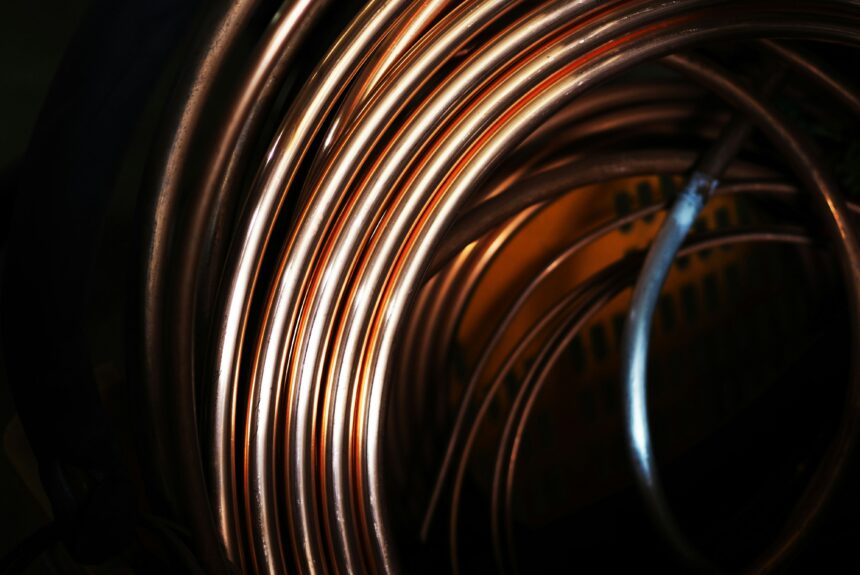Karyn Hede of the Pacific Northwest National Laboratory writes on a breakthrough in copper conductivity.

- For years scientists have been exploring ways to reduce overheating in copper wires while increasing the metal’s conductivity.
- Researchers at the Pacific Northwest National Laboratory believe that they have done so with graphene, which are the single layers of the same graphite found in pencils.
- PNNL’s breakthrough is important for electric vehicles and could translate to sizable increases in battery efficiency.
“When the research team added 18 parts per million of graphene to electrical-grade copper, the temperature coefficient of resistance decreased by 11 percent without decreasing electrical conductivity at room temperature. This is relevant for the manufacturing of electric vehicle motors, where an 11 percent increase in electrical conductivity of copper wire winding translates into 1 percent gain in motor efficiency.”
Read the full article here.
The views and opinions expressed are those of the author’s and do not necessarily reflect the official policy or position of C3.
